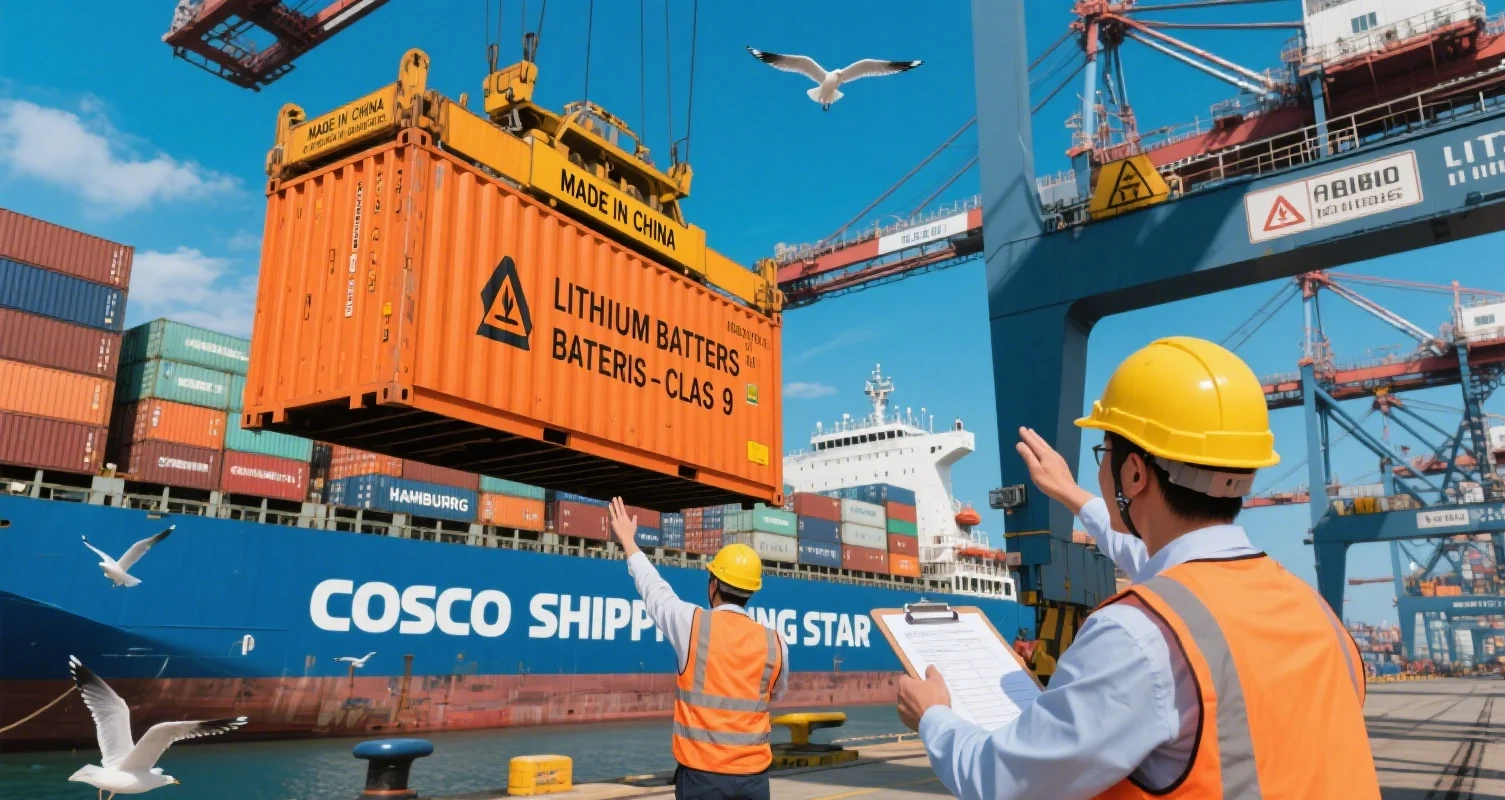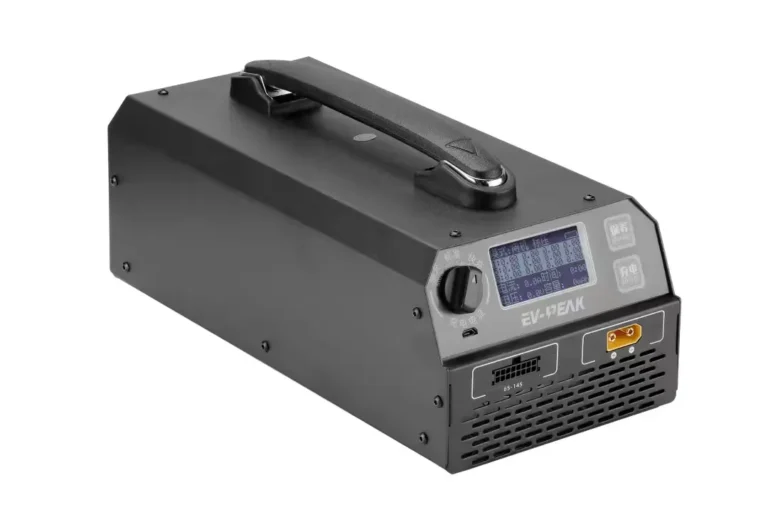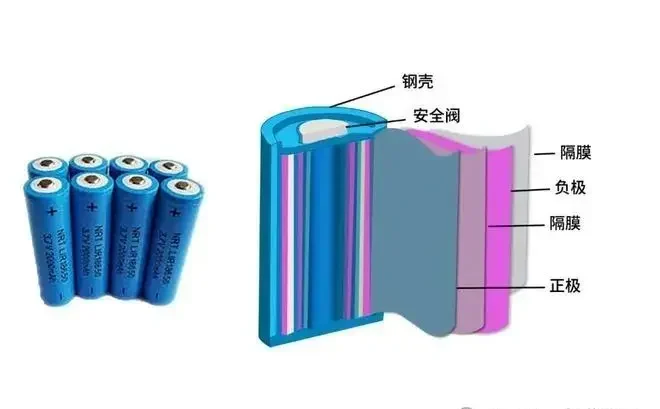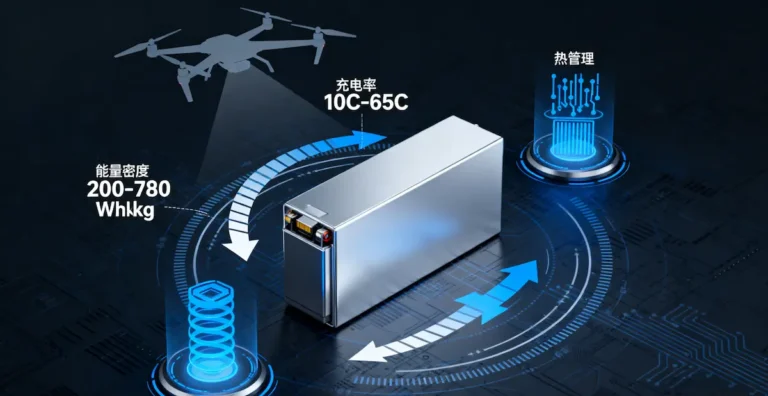How to book Chinese battery exports in 2025
The popularity of smart devices around the world is driving a surge in battery exports, but safety risks in battery transportation are prompting increasingly stringent regulations. Whether by sea, air or rail, battery exports have complex compliance hurdles to overcome. As a technical guide for the battery industry, this article will systematically analyze the documents required for booking China’s battery exports, international norms and practical points.
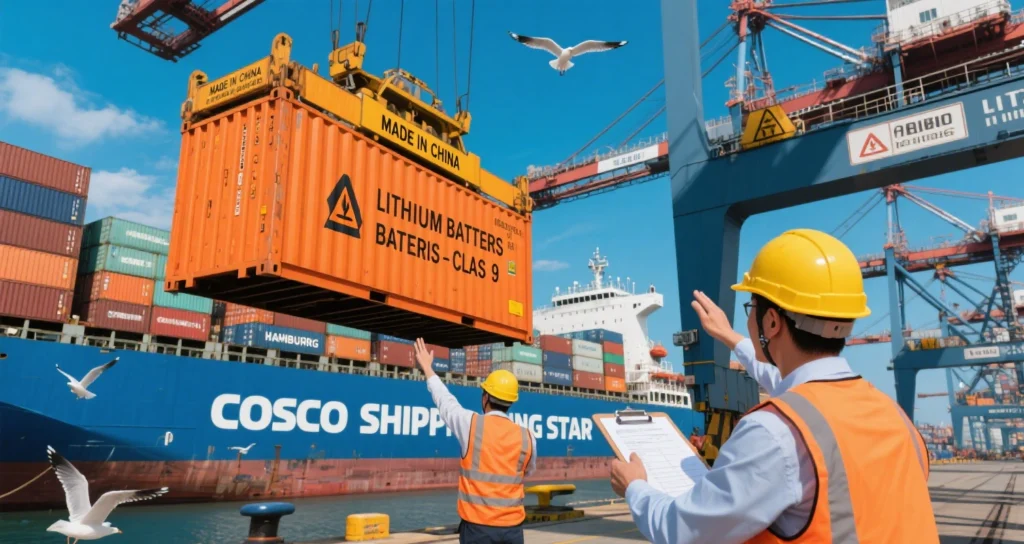
I. Battery classification and transportation risk level
According to the electrochemical properties and transportation risk, batteries can be divided into conventional batteries and dangerous goods battery system:
| Battery type | Typical characteristics | Transportation risk level | Key limiting parameters |
|---|---|---|---|
| Alkaline/zinc-manganese battery | 1.5V, capacity<1000mAh | general cargo | No special restrictions |
| Nickel-metal hydride/nickel-cadmium battery | Rechargeable, for power tools | general cargo | Sealed packaging prevents short circuits |
| lead-acid battery | 2V/cell, for UPS/car starting | General cargo/dangerous goods | Liquid-tight packaging requirements |
| lithium metal battery | Non-rechargeable, 3V, for medical equipment | Class 9dangerous goods | lithium content≤1g (UN3090) |
| lithium-ion battery | Rechargeable, 3.7V, consumer electronics | Class 9 Dangerous Goods | rated energy≤100Wh (UN3480) |
Note: The critical point for the determination of dangerous goods for lithium battery is 20Wh for the cell/100Wh for the battery pack, and the exceeding of the limit should be transported as dangerous goods.
II.Battery Transportation Core Documentation System: Functions and Associations of the Three Reports
1.MSDS (Material Safety Data Sheet)
- Content: Detailed description of the chemical composition of the battery, the risk of thermal runaway, first aid measures and disposal requirements
- Issued by: the battery manufacturer
- Validity: no fixed validity period, material changes need to be updated
2.UN38.3 test report
- Test items: 8 items of height simulation, thermal shock, vibration, impact, external short circuit, overcharge, forced discharge, etc.
- Laboratory requirements: must have ISO 17025 qualification
- Validity period: usually 1 year (unless the product changes)
3 .Transportation Condition Identification Report
- Authority: CAAC accredited laboratory or Chemical Research Institute
- Core Role: To finally determine whether the goods are general cargo or dangerous goods.

III. Compliance points for different modes of transportation
1. Marine transportation specification (based on IMDG Code):
- Dangerous package certificate: Must provide “Outbound Dangerous Goods Transportation Packaging Identification Result Sheet”
- Packing requirements: 9 dangerous goods labels are pasted on the four sides of the container, and short circuit isolation is implemented in the interior.
- Declaring process: Submit the dangerous package certificate / MSDS etc. to the shipping company to apply for space 10 working days in advance.
2. Air transportation specification (based on IATA DGR):
- Electricity limit: from 2026 onwards, all lithium batteries to be transported by air should be ≤30% of their charge status
- Packing level: according to PI965/PI966/PI967 etc.
- Aircraft type limit: lithium batteries exceeding a certain quantity must be transported by all-cargo aircrafts.
3. Railway transportation (China-Europa liner case)
- Capacity restriction: consumer lithium batteries (energy ≤ 100Wh) can be transported through general cargo channel
- Documentation requirement: test report with CMA/CNAS dual certification is required
- Policy bonus: consumer lithium batteries are allowed to be mixed with general cargo from 2023
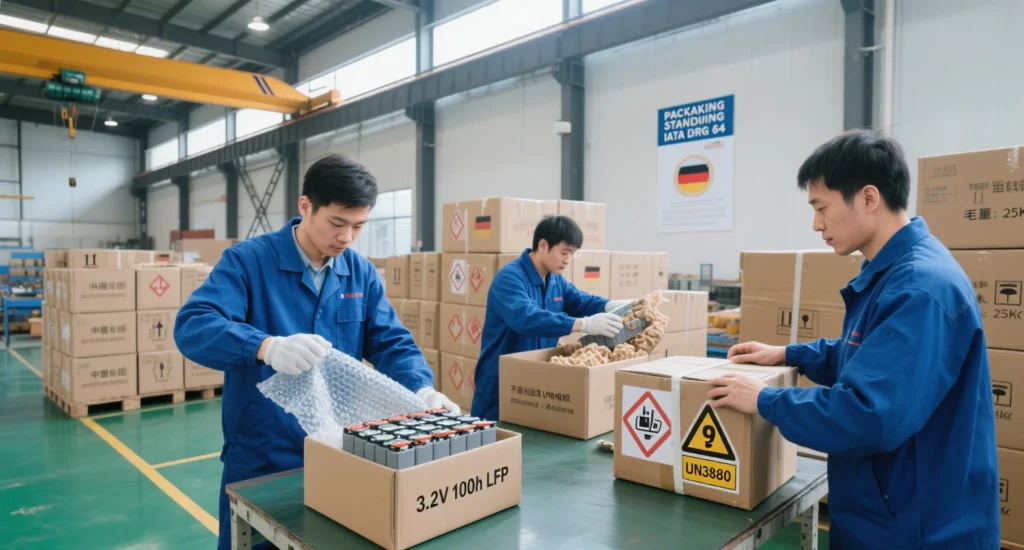
IV. Dangerous Goods Operation Guide for Lithium Batteries
1. Booking stage
- Power of attorney: UN number, dangerous goods class, packaging type
- MSDS, dangerous goods certificate, transportation certificate are required.
2. Packing stage
- Supervisory requirements: take a full set of photos of empty/half/full/reinforced/hazardous labels, etc.
- Reinforcement standard: pass 1.2m drop test and 3m stacking test.
3. Declaration stage
- Maritime declaration: packing certificate + Dangerous Goods Transportation Declaration
- Customs declaration: need to provide the elements of the declaration and the description of the ingredients
V. Common Compliance Traps and Response Strategies for Battery Transportation
1. Risk of document failure
- UN38.3 report does not contain packaging photos resulting in return shipment
- Solution: Choose a testing organization with ILAC-MRA logo.
2. Packaging Defects
- Failure to use anti-static lining leads to interface short circuit
- Solution: Lithium battery labeling and UN number must be affixed to the outer packaging.
3. Negligent power control
- Air transportation battery SOC>30% was seized4
- Solution: Discharge the battery before shipment and attach the test record.
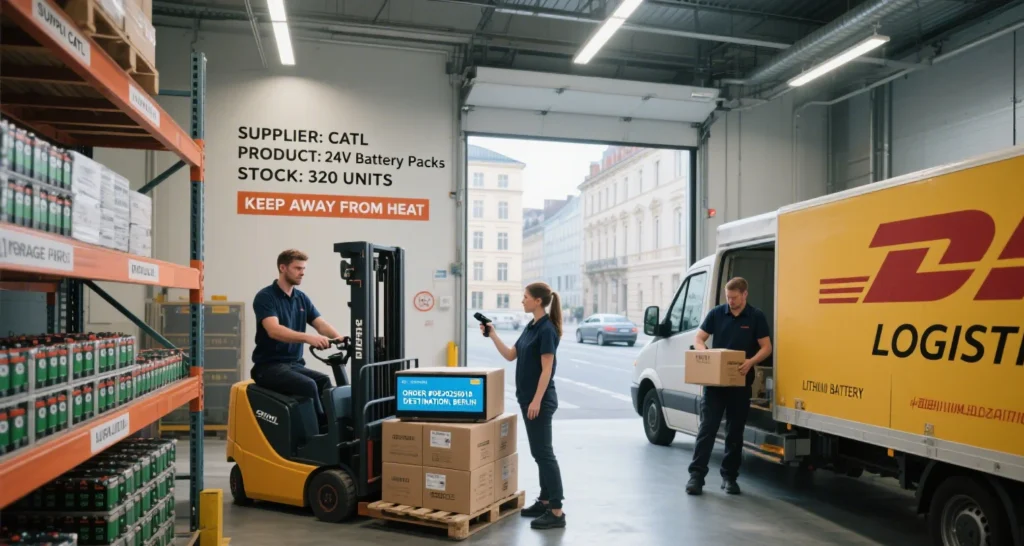
VI. Special requirements for emerging battery types
- Solid-state batteries: currently managed according to lithium-ion battery specifications, need to provide additional data for thermal stability testing
- Sodium-ion batteries: refer to UN3480 standards, but need to specify the chemical composition of the “sodium system”
- Storage cabinet transportation: the whole according to the UN3481 treatment, need to provide the overall thermal management program
Data show that in 2023, more than 50% of the cases of lithium battery shipping violations stem from incomplete documentation, 30% due to packaging irregularities.
Battery export compliance relates to the safety of the entire transportation chain. It is recommended that enterprises:
- Establish a battery compliance file and prepare certification documents 6 months in advance
- Choose logistics service providers with qualifications for dangerous goods operation
- Regularly pay attention to IATA/IMDG regulation updates (revised in January every year)
Through systematic compliance management, battery enterprises can efficiently open up the global supply chain channel under the premise of ensuring safety, and help China’s smart products move around the world.

